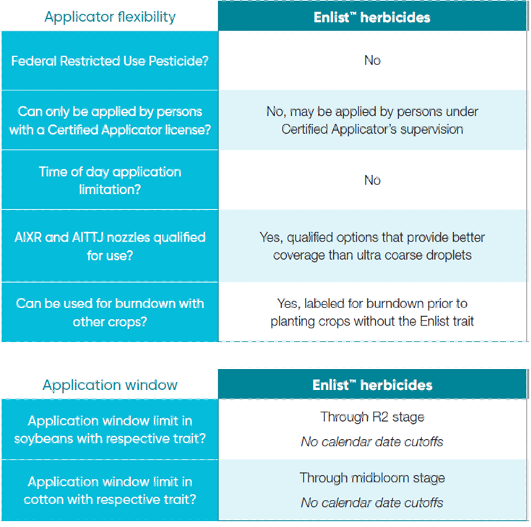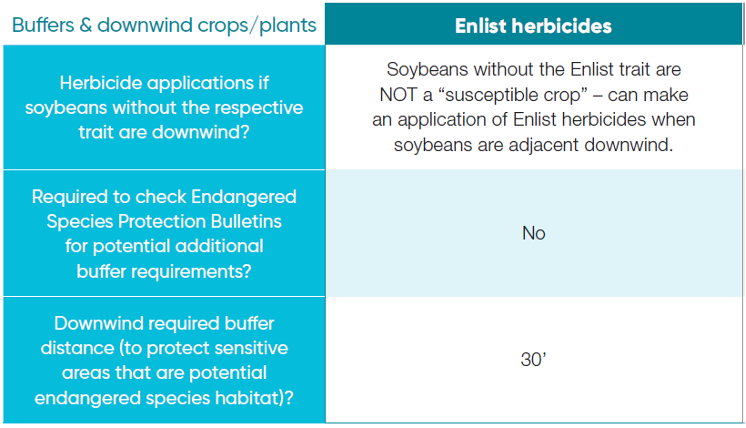As we approach the later part of the growing season, we have the potential to see lodging in the soybean crop. Lodging is a function of two factors, genetics, and the environment. From a genetic standpoint, most varieties on the market are rated by their respective company for lodging and a significant amount of risk can be mitigated by paying attention to those ratings and management guidelines that come with the variety. The environment is obviously out of our control, for the most part. Ideal growing conditions in the vegetative stages will allow beans to grow tall and expand the internode length, making the beans more susceptible to late season lodging. Planting beans earlier allows the plant to go through the vegetative stages with cooler temperatures which typically means less growth.

There are two main factors that will determine the potential amount of yield loss associated with lodging.
The first factor is timing; the growth stage of the beans when the lodging occurs.
- Simulated lodging studies have shown that lodging before R2 (full flowering) does not significantly impact yield because soybean branches take on main stem characteristics.
- Lodging from R3 (beginning pod) to R5 (beginning seed) has been shown to have the greatest impact on yield.
- Lodging from R6 (full seed) to maturity impacts yield to a lesser degree but can have negative impacts on harvestability.
The second factor is the severity of the lodging.
Many times, a summer storm with driving rain and wind will cause the lodging. Depending on the timing and sensitivity of the variety, the beans may just “squat” a little or might be flat on the ground. When beans just “squat,” the yield effect is typically low, however, when they go flat, the yield reduction can be significant. My experience has been that the 45-degree angle is about the “breaking point.” If the plants can stay above that, very little loss occurs; beyond that we begin to see slower ripening and more direct yield loss. The severity of the lodging can also be influenced by the population of the beans. A lower population while still maintaining 100 percent yield potential would be ideal.





 and then
and then